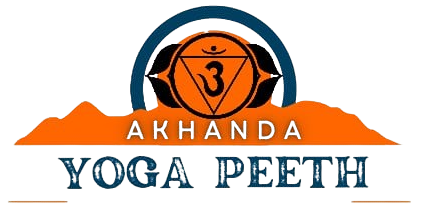Asana
The Primary Series of the Ashtanga Vinyasa yoga system (as taught by Sri K. Pattabhi Jois in the tradition of Krishnamacharya) will be your primary practice and map for this training. You will also focus on specific asanas and how to approach them differently. You will be taught alignment, breath, bandhas, inner and outer focus and suitable variations for each asana. You will learn from doing the pose yourself and from observing other students.
Types of asana are covered:
- Standing
- Balancing
- Forward bends
- Backward bends
- Twists
- Inversions
You will also learn the Sanskrit name and the benefits of each pose.
Pranayama
We will teach the true meaning of Prana and the natural breath. Preparations for pranayama and some of the most classical techniques (such as Kapalabhati, Nadi Shodhana, and the Nine Purification Breaths) will be covered. You will build a personal pranayama practice to incorporate into your daily practice. At the end of the program, you will have integrated these practices and be able to incorporate pranayama into your teaching.
Kriyas
Kriyas are cleansing and purification practices that prepare you for deeper yogic experiences. You will be introduced to some basic yet powerful kriya techniques (such as nauli) and incorporate them into your daily practice routine.
Physical Anatomy
We will explore the physical body so you can apply it in your practice and teachings. We utilize engaging, visual, and active learning, so anatomy becomes an interesting and lived experience. During the course, you will learn about the anatomy of the human body as it relates to the asanas. We will also explore the nervous system, the muscular-skeletal system, knee and hip joints, the pelvis, the spine, the circulatory system, and other topics.
Yogic Anatomy
We will introduce you to the subtle bodies: the yogic anatomy of chakras, nadis, vayus and koshas, helping you to understand the process and benefits of yoga more fully.
Yoga Philosophy
The foundational philosophy will be mostly based on the Yoga Sutras of Patanjali, with a particular focus on the 8 limbs of yoga. You will learn how to apply this to your yoga practice, teaching, and, most importantly, everyday life.
Concentration and meditation
You will be introduced to meditation at the beginning of the course and given different techniques to practice formal meditation. You will come to understand what meditation is and how the other aspects of our practice are traditionally used to prepare ourselves for moving deeper into meditation. You will learn how to guide others in basic meditation.
Mantra
You will be introduced to the importance of Bhakti Yoga and Vedic chanting, learning some essential mantras and sutras to connect to the divine through sacred sound.
Ayurveda
You will be introduced to the Science of Ayurveda and gain a solid foundation on its pillars. You will understand how the three doshas are formed. Through this understanding, you will discover your own natural born constitution (Prakriti) and your current imbalance (vikruti) and start to develop your ‘Ayurvedic eye’ to see things from the Ayurvedic perspective and help your practice of yoga bring more balance into your life and your world.
Self practice
Your practice is your foundation, your real teacher. In the training, your practice will be deepened. You will keep a journal of your practice so you and the teachers can follow your progress. You will commit to practising daily asana, pranayama, kriyas, and meditation. Your practice will integrate into your personality, open your mind and your heart, and bring you to higher states of awareness. What you practice, you will understand. What you understand, you will be able to teach.
Teaching
This is a practical course. Rather than being taught how to teach, you will learn how to teach by doing it. From the beginning, you will be asked to work with the other students in groups on teaching assignments. You will also learn by observing and assisting other teachers in the training and classes. During the course, we will give you practical tools to build up and feel confident when teaching a beginner’s class.

















 Apply Now
Apply Now